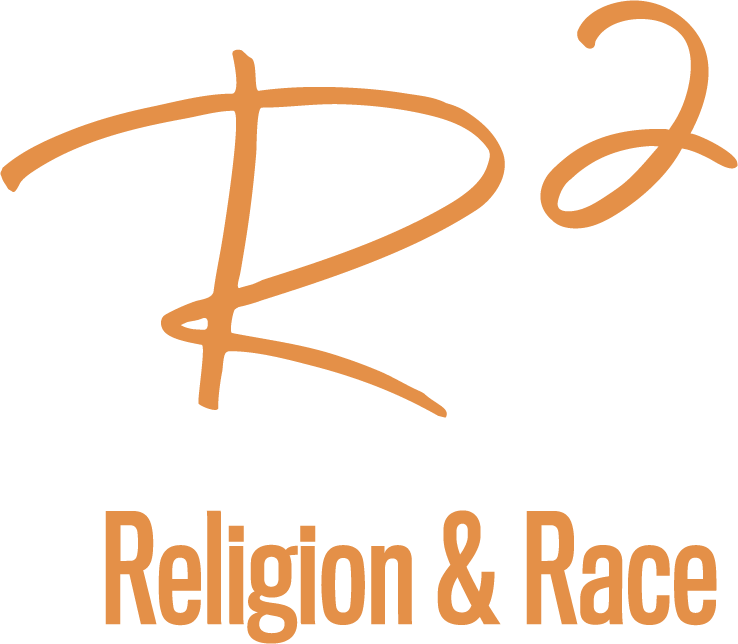What Is Xenophobia?
As humanity’s understanding and discussion of the concepts of race, racism, and antiracism have evolved over generations, so have the words and phrases we use as we continue the work of obeying God and advancing racial justice.
In this “What Is?” series, the General Commission on Religion and Race offers this compilation of concise definitions, examples, and Biblical/theological foundations to create common vocabulary for Christians as we engage in anti-racism work.
Our hope, as you engage this series, is that the learning equips you to move into deeper waters in anti-racism work in your respective context.
Visit the series homepage for more information on other anti-racism resources.
Definition:
Xenophobia comes from the two Greek words “xénos” meaning “foreigner or stranger” and “phobos” meaning “fear or dread.” According to Merriam-Webster dictionary’s (2018) xenophobia is “fear and hatred of strangers or foreigners or of anything that is strange or foreign.” Xenophobia is about “attitudes, prejudices and behavior that reject, exclude and often vilify persons based on the perception that they are outsiders or foreigners to the community, society or national identity[1].” Xenophobia can be trans-national or local. People may carry out attack and discrimination within a community on those labeled or considered “stranger.”
[1] Declaration on Racism, Discrimination, Xenophobia and Related Intolerance Against Migrants and Trafficked Persons. Asia-Pacific NGO Meeting for the World Conference Against Racism, Racial Discrimination, Xenophobia and Related Intolerance. Teheran, Iran. 18 February 2001
Example(s) of Xenophobia:
One in every 50 human beings is a migrant worker, a refugee, person in diaspora, or an immigrant living in a foreign country. People are migrating for the preservation of their lives and their family’s safety and stability with the hope that in other places/countries there will be a place of refuge, dignity of life, proper food, and shelter - what some would call a “safe place.”
What happens when there’s an increase of migration? The increase of racial/ethnic diversity may usher in a movement of division of the majority group to protect their own (insider) from those “strangers” (outsiders) who are viewed as inferior to the insiders – thus creating the feeling of xenophobia.
Xenophobia creates barriers between "us" and "them." This is “our/my” space, you (outsiders) are a disturbance, and a threat in our community.
Biblical/Spiritual/Theological Framing or References:
In the ancient Greek, “Xenophobia” could not be found. What is appealing is the word “Xenophilia” or “Philoxenia” (loving the stranger). “Xénos” was also a relational word, more like guest. To be a xénos was to imply that a host existed, and that both parties would be guided by the social codes of xenia.
In Hebrews 13:1 it was written: “Let brotherly love [philoxenia] continue.…be not forgetful to entertain strangers for thereby some have entertained angels, unawares.” The call is to love and welcome the stranger with a posture of hospitality and grace.
Leviticus 19:33–34 — English Standard Version (ESV)
“When a stranger sojourns with you in your land, you shall not do him wrong. You shall treat the stranger who sojourns with you as the native among you, and you shall love him as yourself, for you were strangers in the land of Egypt: I am the Lord your God.”
Matthew 25:31-46 depicts judgement to those who respond to Kingdom/ “Kin-dom”* building and must participate in its establishment. The people’s positive response is expressed in acts and deeds of mercy to the “strangers” or the least of these. Imitating Jesus’ ministry of identifying with the poor and the desperate is manifesting a life consistent on God’s purposes. In Jesus Christ, xenophobia is transformed into philoxenia.
*“To be kin and not to be king or kingly to one another was what Jesus and the prophets before him taught, or what the Torah envisions for God’s creation.” Of Kings, Kins, and "Kindomtide" by Rev. Ferdinand Anno
Reflection Questions:
How do you want to be treated by others? If you are a visitor to a certain place, how do you want to be treated?
How do we perceive the stranger in the midst of gatherings? In our churches? In our organizations? In our country?
What does it feel like to be the lone outsider with a group of insiders – can you relate?
Additional Resources:
International Migration, Racism, Discrimination and Xenophobia. A publication prepared by: International Labour Office (ILO), International Organization for Migration (IOM) Office of the United Nations High Commissioner for Human Rights (OHCHR), 2001.
The data of United Nations and the International Organization for Migration.
Volume 4 Demonizing the Other: Antisemitism, Racism, and Xenophobia Edited by Robert S. Wistrich, excerpt from Of Fear and Strangers by George Makari, 2021.

